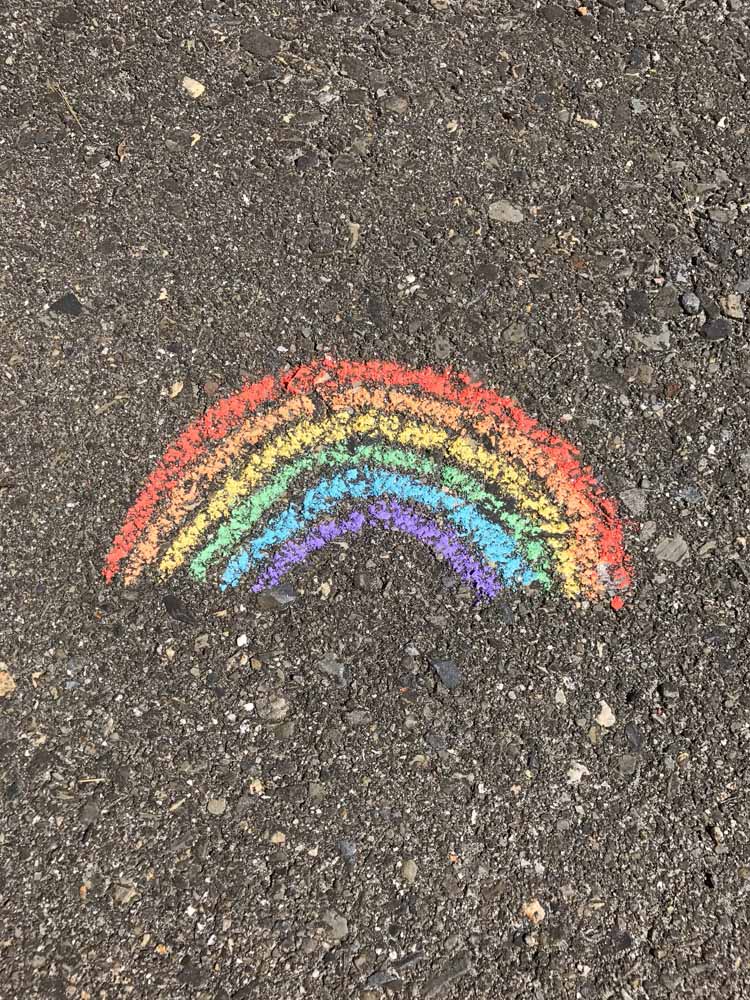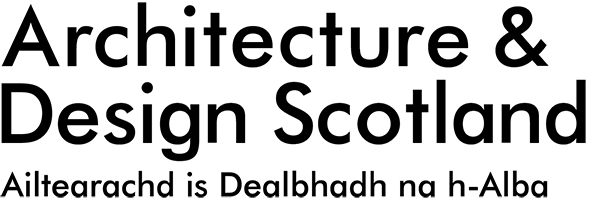Building resilience in a crisis

We are publishing a series of blogs on designing for a changing climate. Here Daisy Narayanan, Director of Urbanism at Sustrans and Architecture and Design Scotland board member, considers what we can learn from the pandemic when we look to tackle the climate emergency.
We live in uncertain and unsettling times. Just as the debate around the climate crisis started to crystallise into calls for clear action within this decade, we now face the unprecedented challenge of a global pandemic. Most of us living in near lockdown are learning to accept and work within a ‘new normal’.
Listening to often heart-breaking stories of people suffering from the impacts of Covid-19, I have struggled with conversations on the climate crisis and the design of liveable towns and cities. I have, like many others, wondered if this is really the right time to be having these debates. But can we really disassociate the public health crisis we face now from an ongoing environmental one?
Healthier environments
Our towns and cities should provide healthier environments for everyone to live, work, rest and play. But the pandemic has highlighted to me that in times of crisis, the inequalities ingrained in so much that we take for granted come right to the fore.
The impact of Covid-19 – whether on people worrying about how to make ends meet, with underlying health conditions or disabilities, or without the luxury to stop and reflect – is the greatest on the most vulnerable. This is just like the impacts we see from the climate crisis.
But this crisis has highlighted something else. Now, more than ever, it is the resilience shown by whole communities coming together that embodies the strength of neighbourhoods, towns and cities. Knowing there are amazing people providing support to my parents in India helps stem the rising panic when I think of their health and wellbeing.
“Building a resilient city starts at the grassroots, so that bottom-up meets top-down halfway.”
Distant but closer
Over the past couple of weeks, despite the social distancing, I have somehow got to know my neighbours better. We shop for each other, share stories, and leave notes and messages of comfort.
This has made me realise that what is important in improving quality of life within our neighbourhoods seems similar to what becomes vital during global emergencies like this one.
I was reminded by my friend last week about the story of Christchurch’s response to the devastating earthquake in 2011. It has been on my mind a lot since then.
The city’s then newly installed mayor, Lianne Dalziel, talked about ushering in a new era of governance that focused on empowering community organisations to do things for themselves. “Building a resilient city starts at the grassroots, so that bottom-up meets top-down halfway,” she wrote.
So, maybe this is the right time to think about what kind of world we would like to see in the future. One where we can meet most of our daily needs through densification and mixing different land uses. One where we can shop locally and walk or cycle to our schools, parks and health and community centres within 20 minutes. One where public transport is prioritised for longer trips.
The 20-minute neighbourhood as an idea has been promoted by many in sustainable urban design. It is also a core tenet of the charity I work for, Sustrans, and our thinking on how to make places better for people.
A new normal
At the moment, many conversations with my six-year old begin with “After the virus is over...” My nine-year son also wants to know if ‘going back to normal’ could mean still being able to cycle on the roads like he is able to do now.
When we are ready to look to the future, we need to acknowledge that many parts of the ‘normal’ that we long for were broken. We should be ready to have the collective conversation on how going back to the status quo is impossible. We will experience a fundamental shift to a new world.
And I believe that it will be a kinder, gentler and fairer world which will help to build a more resilient one. One where policymakers, political leaders, professionals, businesses and communities come together in a far more positive way. They do that to ensure a collaborative approach in our response to the health and economic impacts of Covid-19 and the climate emergency.
There are tough times ahead. The only way we can collectively get through them will be to hold on to what continues to give us strength right now. A glimpse into a world with cleaner air and birdsong is part of it. But most important of all, it is the human connections that are so vital and that keep us all moving forward.
Header image credit: Alex Jackman on Unsplash
Share your stories on place-based climate action
We would like to hear from communities and local authorities who are creating carbon conscious places. If you are designing and adapting a place to reduce, repurpose and absorb carbon, please share examples of your work with us.
